The Nch’áçayä Development Corporation is overseeing some massive projects in British Columbia. Companies pursuing a partnership will need to wear their values on their sleeve.
In an engaging discussion at the Vancouver Regional Construction Associationãs Construction Leadership Forum on May 5, members of the Nch’áçayä Development Corporation gave a wide-ranging talk that addressed the burgeoning economic reconciliation taking place for Indigenous businesses and the factors the corporation looks at when considering partnerships.
ãWe’re really looking at the values that you exude as an organization and do they align with the Squamish Nation? That’s really critical,ã said Thomas Nyce, procurement manager for Nch’áçayä Development Corporation.
Established in 2018, Nch’áçayä is the development arm of the Squamish Nation.
ãOn the Squamish Nation Business Registry, we currently have 64 companies and weãre anticipating that within the next year that can grow to over 120 companies,ã said Jody Antone, business opportunities manager with Nch’áçayä.
To be a part of the registry, businesses need to fall under one of four categories.
ãWe have our Squamish Nation-owned businesses, which is our marinas and our gas bars (and others). We have member-owned businesses that are 100 per cent owned by Squamish Nation members,ã Antone said.
ãWe also have what we call Squamish Nation member-owned businesses with industry partners. So, they have structures set up where their businesses are 51 per cent owned by Squamish Nation members with industry partners. We also have 37 different companies on the registry right now that are industry partners.ã
Antone said Nch’áçayä looks for three key factors when considering partnerships or inclusion on the registry. This includes a shared revenue stream which looks for ways funds tied to projects will flow back into the Squamish Nation community, and subcontracts with Squamish Nation member-owned businesses or other businesses on the registry.
The third is a social investment.
ãFor our community, and I think most First Nations, when weãre looking for partners weãre looking for them to be able to participate in social investment,ã Sarah Silva, vice-president of real estate and development with Nch’áçayä, said in an interview.
ãEducation is really important. Employment is really important to our community, but also weãre looking for things like scholarships. Weãre looking for an ability to build housing and really anything thatãs going to be an investment into the nationãs future,ã Silva said.
Nch’áçayä tracks how all the businesses on the registry are performing based on this criteria through a monthly reporting framework.
ãThis is the way that the Squamish Nation is creating space for Indigenous economic reconciliation,ã Antone said.
ãBecause not only is the financial reporting important but we also report on each company for subcontracting Squamish Nation member-owned businesses and other businesses off our business registry.ã
Through the monthly reports Nch’áçayä is also tracking training and employment opportunities.
ãEvery month when we get these reports in, itãs almost like weãre getting a soft audit. You get to take a look at the reporting that comes back to us and if we see zeros all across the board that means that we have more that we have to do.
ãHow do we get our members working on the project? How do we get our people working on the project? How do we get our priority workforce working on that project?ã
Nyce said the nation looks to ensure Indigenous participation on its projects through impact benefit agreements, similar to community benefit agreements in the public sphere.
ãIf there’s a major project within a territory, they will outline key achievements that need to be accomplished with working with different First Nation communities along the way of construction,ã Nyce said.
Silva said the outlook for Indigenous builders in B.C. is looking positive.
ãEspecially for Indigenous organizations and First Nations, because First Nations are actually the fastest growing population in ¤Öêü°å¿üë½ and so we have a young and growing workforce,ã Silva said.
ãThereãs also a lot more awareness around our rights and our lands and thereãs a lot more opportunities that are coming across First Nations for us to get excited about. I think SenäûÀáçw is a great example of what can happen in the construction industry and how projects can not only support Indigenous communities but communities at large.ã
°ÏÝÞýåÅÕûÀáçw, as previously reported by the JOC, is the biggest Indigenous-led economic project in Canadian history and is being developed by the Nch’áçayä Development Corporation. The project will return three to four times the energy needed to drive it and be one of the biggest net-zero developments in the world. Upon completion in the 2030s, SenäûÀáçw will provide more than 6,000 new homes for Indigenous and non-Indigenous people in Vancouver.


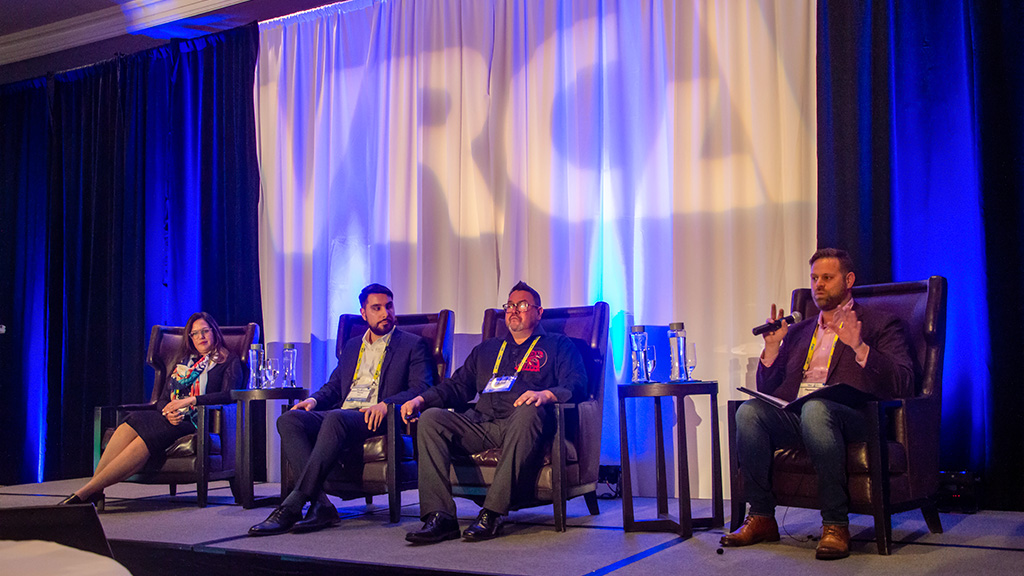
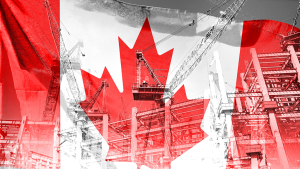
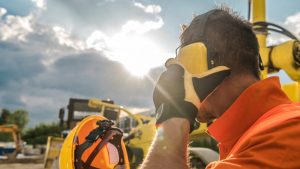



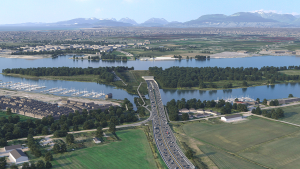
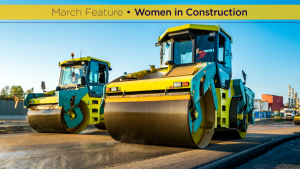
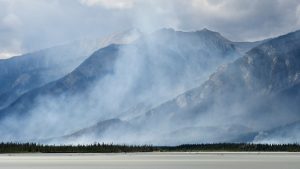
Recent Comments
comments for this post are closed